Yes, the best mangoes or Aam (Hindi) come from India with over 1000 varieties grown all over. This is a summer fruit unlike apple, and it ripens in the heat to compliment the Indian summer. Mangoes are grown in many countries including China and Mexico, but the taste and texture vary drastically. The fruit with a peel is consumed directly after cutting into cubes or slices or as the juice is extracted by plain squeezing. The juice is of a thicker consistency and is more like a puree. If you see a countenance smothered with orange-yellow pulp, the fruit is not hard to guess.
All mangoes are not the same, and the one's meant as juicy delights are not meant to be sliced. While most of these fruits are consumed after they have ripened, some are eaten raw or pickled for extended seasons. They are sliced for salads, and or shredded for kachumber which is a spicy and tangy side dish like a pickle, very popular in India.
Ripe or raw, this heavenly fruit will open up Pandora's box, if you are interested in Indian cuisine. Be it lunch or dinner mangoes, are a must as juice or slices, and yes in the ubiquitous North Indian Lassi. Fruit is very much part of meals as an accompaniment or dessert.


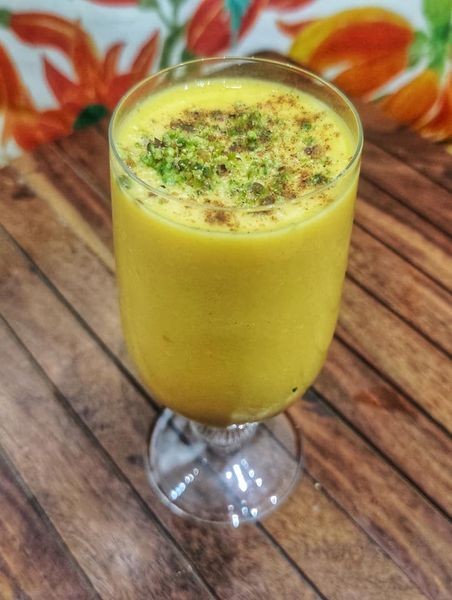
 Truly versatile, consumed in many ways in a wide variety of Indian recipes, these fruits are eternal with an immense fan following or addicts not only in India but across the globe.
Truly versatile, consumed in many ways in a wide variety of Indian recipes, these fruits are eternal with an immense fan following or addicts not only in India but across the globe.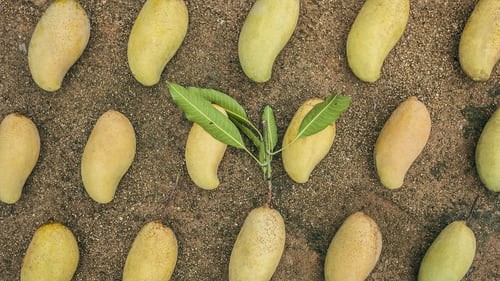
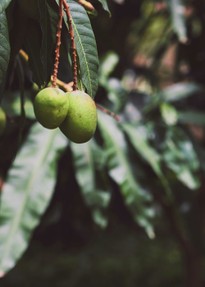
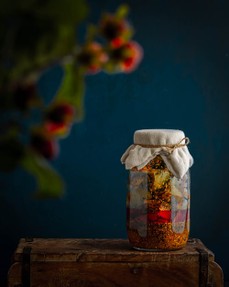

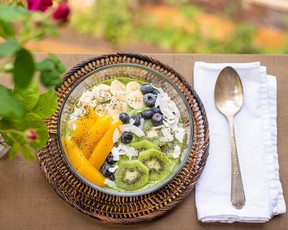 Mangifera Indica (Hindi = Aam)
Mangifera Indica (Hindi = Aam)

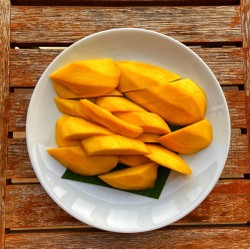

 Full Day Safari in Bandhavgarhon 08/29/2023
Full Day Safari in Bandhavgarhon 08/29/2023
 SEO Campaign: Website Overhaulon 02/13/2023
SEO Campaign: Website Overhaulon 02/13/2023
 Indian Food It Is Not All Curryon 02/08/2023
Indian Food It Is Not All Curryon 02/08/2023
 How Tiger Tourism is Organized in India?on 02/07/2023
How Tiger Tourism is Organized in India?on 02/07/2023


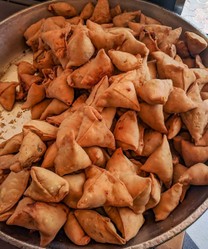
Comments
The fifth paragraph in the first subheading, Versatile Mango More to it! Mango in Indian Cuisine, below your article's first image, Mango Lassi Fruit Savory, brings up vegetable curry.
That curry reference inspires a somewhat related, a somewhat unrelated question.
A book from 1854 mentions an ancient subcontinental practice, from 1,900 to 2,500 years ago, of embedding brass plates -- before mixing them with brick, cement, common-stone, divine-incense, fine-clay, iron-plate, quartz-stone, ruby-stone and silver-plate courses to top elephant-trodden boulder, boulder-like round stones for the foundation walls to relic-archiving monuments -- in kapittha gum (from elephant apple trees, Limonia acidissima) moistened by milk made from little, red cocoa-nuts.
Would red cocoa-nut milk be drinkable and would it be used nowadays to make red-colored curries?
The computer crashed before I could add the other part to my question about boiling versus roasting mangoes for Aam Pana sherbet.
Would roasting change the color of the mangoes being roasted? Wouldn't it brown, darken, toast the color more so than boiling?
The Aam Pana recipe lists boiling or roasting mangoes.
Would roasting be as, less or more popular than boiling?
Great for You! They do gel with other fruits.
Black or Himalayan Salt is much different from regular salt and is healthy. Use only the salt mentioned please.
I have gotten mango as one of several components of a fruit tray. It does well when mixed with other fruits, making it possible to consume them in random order.
pateluday, Thank you for all the practical information, pretty pictures and product lines.
In particular, I appreciate both the recipes. They're now among my recipes for this summer.
Does it matter whether black or white salt is used in fajeeta?